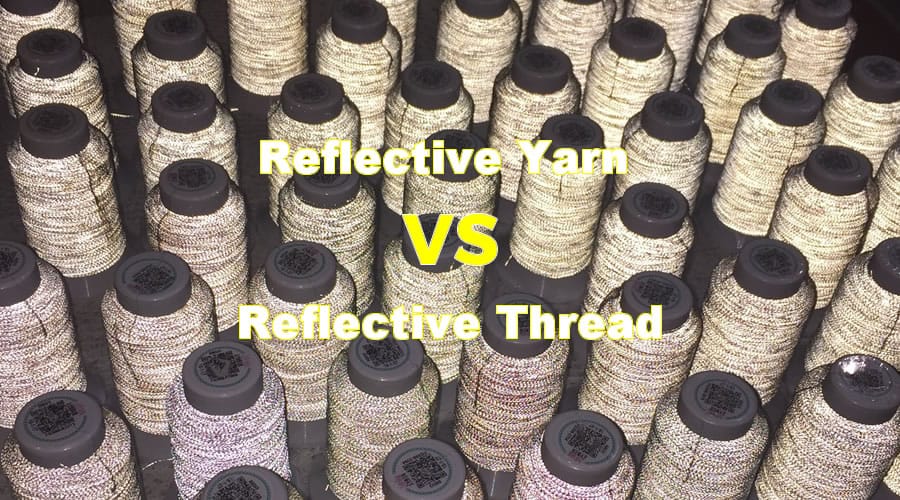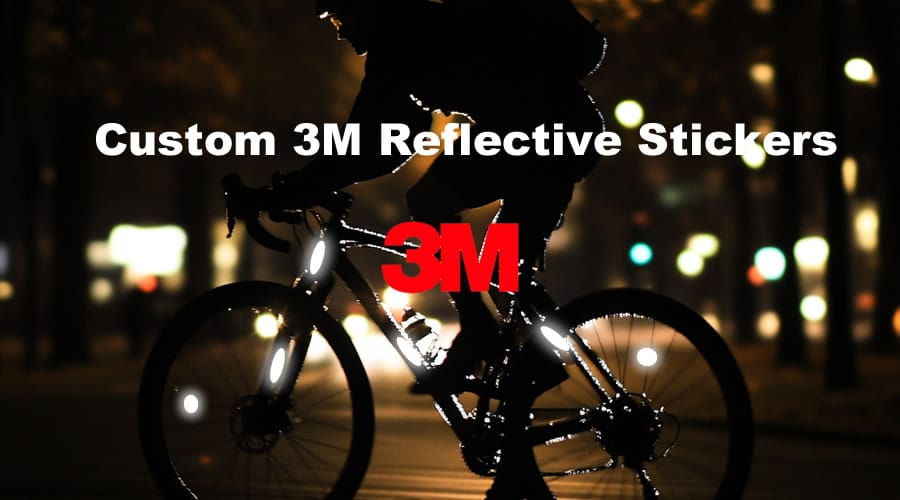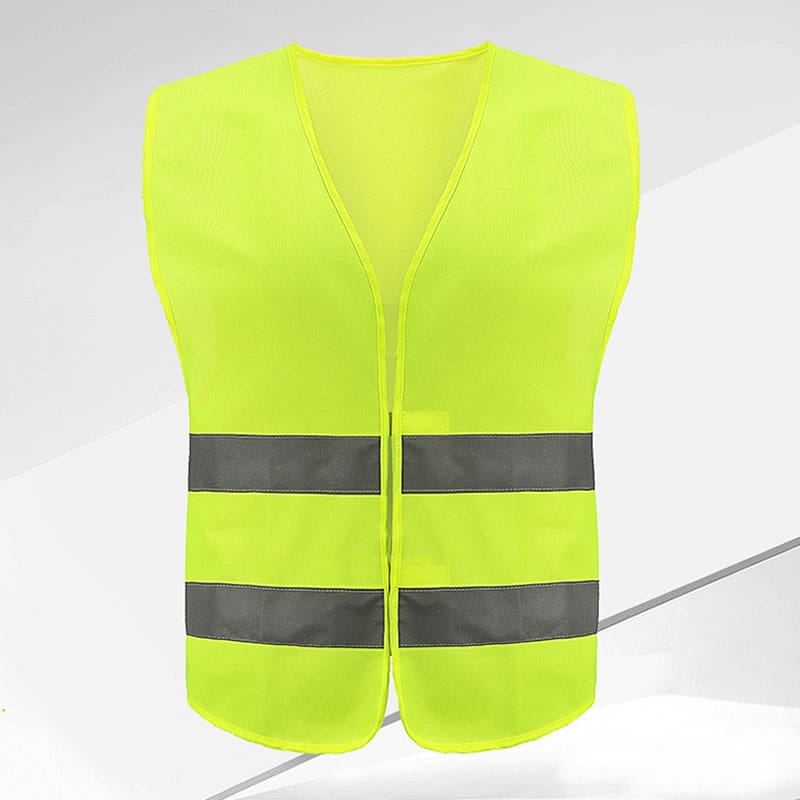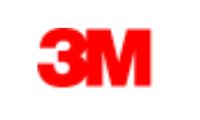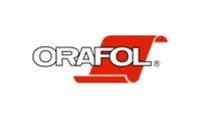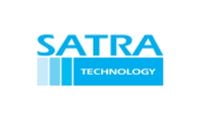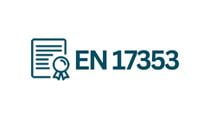Reflective materials have become a key part of modern textiles, blending functionality with style. Whether it’s a safety vest glowing under headlights or a trendy jacket catching the light, reflective yarn and reflective thread play vital roles in these designs. Though they might seem similar at first glance, these two products differ in how they’re made, their properties, and where they’re used. This blog takes a closer look at reflective yarn and reflective thread, breaking down their processes, features, and applications to help you understand their unique places in the world of textiles.
Table of Contents
ToggleWhat Is Reflective Yarn?
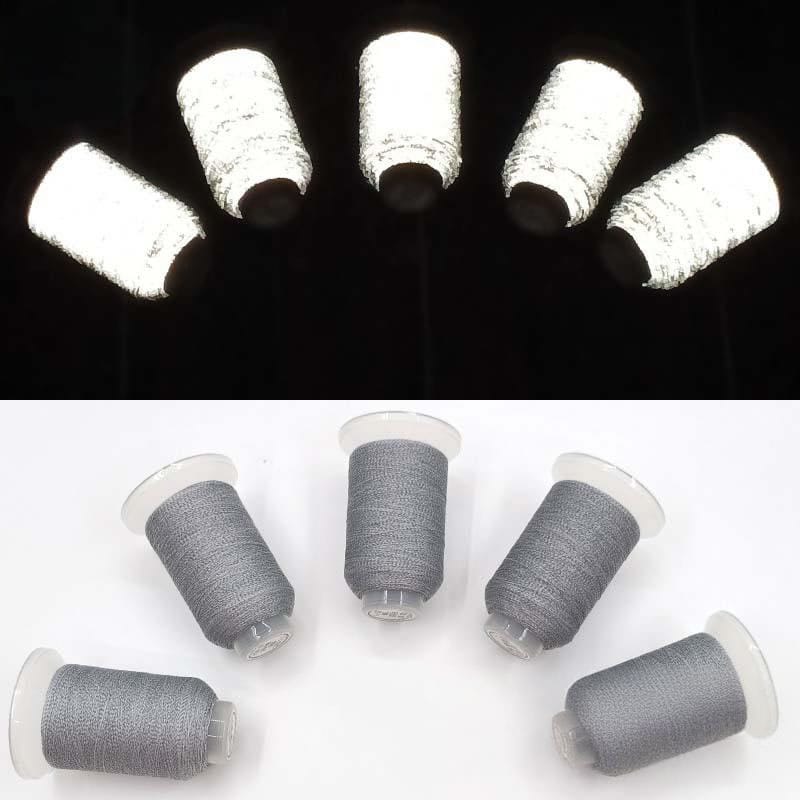
Reflective yarn is a specialized textile material designed to reflect light, often used in both practical and decorative ways. It’s made by combining reflective elements with traditional yarn, like polyester, through a precise process.
How Reflective Yarn Is Made
The journey of reflective yarn starts with a reflective film coated with tiny glass beads. These beads are what give the yarn its ability to bounce light back to its source. The film is then sliced into thin strips, known as reflective filaments. These filaments are paired with polyester yarn using a micro-inlay technique, creating a strong, flexible thread that holds up under various conditions. The result is a yarn that shines brightly when light hits it, making it a favorite in both fashion and safety gear.
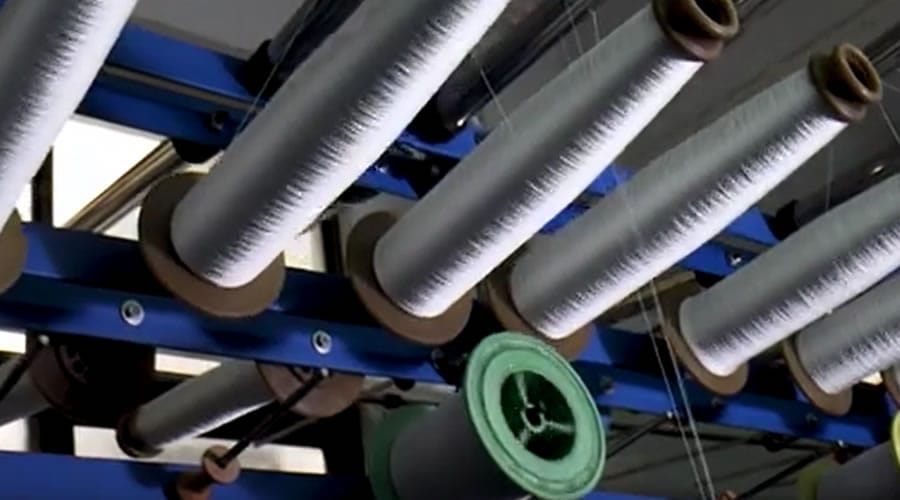
Key Features of Reflective Yarn
Reflective yarn stands out for its durability and ease of use. Testing by technicians shows it can run smoothly on standard embroidery machines at speeds up to 700 RPM without breaking or twisting. It works with common needle sizes, like 14# or 16#, and doesn’t require machine adjustments. This compatibility makes it accessible for manufacturers looking to add reflective elements without overhauling their setup.
Another advantage is its heat resistance. The glass beads on the yarn don’t overheat the needle during high-speed embroidery, reducing wear and tear. This means fewer interruptions from broken threads or tangled stitches, which is a big plus for detailed work like 3D embroidery or towel stitching.
Applications of Reflective Yarn
Reflective yarn shines—literally and figuratively—in embroidery. It’s used in flat embroidery, chain stitching, layered designs, and even textured styles like 3D and towel embroidery. Beyond that, it’s woven into items like ribbons, sewing threads, and knitted fabrics. Think of it in car license plate embroidery or sportswear branding, where visibility meets design. In a workshop, the yarn’s reflective glow hints at how striking it can be outdoors under sunlight or headlights.
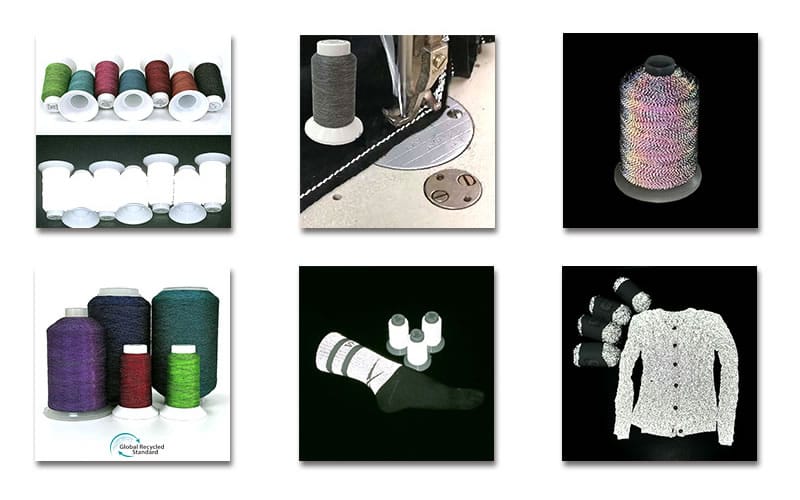
What Is Reflective Thread?
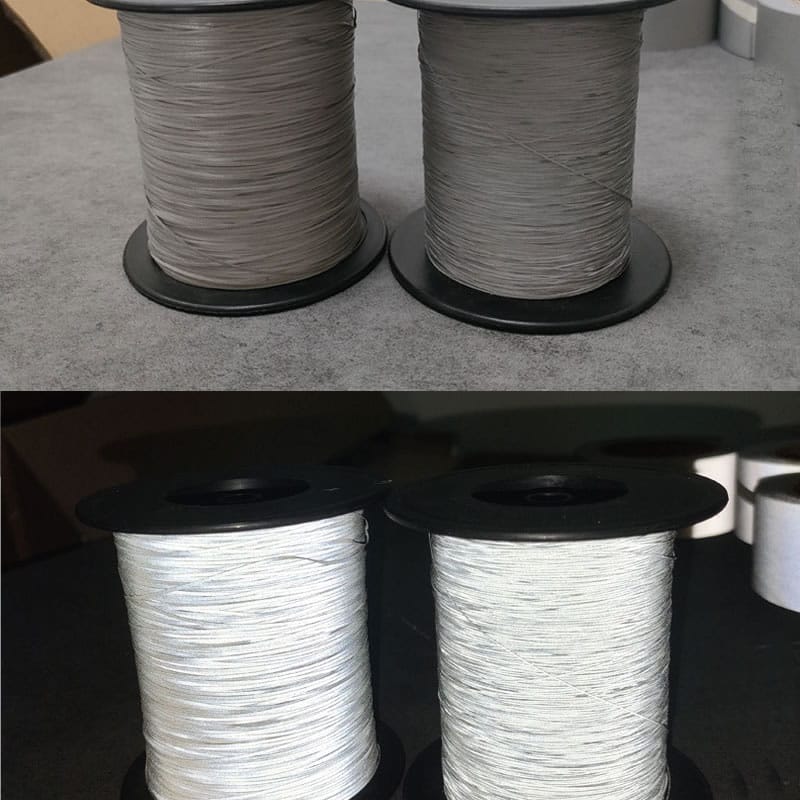
Reflective thread, often called reflective slit fabric or filament, is a different beast. While it also reflects light, its production and uses set it apart from reflective yarn. It’s typically made by cutting reflective cloth or film into narrow strips, ready to be woven or knitted into products.
How Reflective Thread Is Made
The process begins with reflective fabric—either a high-brightness cloth or a PET film coated with glass beads. Specialized cutting machines slice this material into thin threads, with widths starting at 0.5mm and customizable from there. The result is a reflective filament that can be single-sided or double-sided, depending on the base material and intended use.
Here’s a quick look at some common types of reflective thread (from our product line):
- High-Brightness Single-Sided Reflective Slit Cloth (D001): Made from high-brightness reflective fabric, with a reflection intensity over 250.
- Bright Silver Single-Sided Reflective Slit Cloth (D002): A silver-toned fabric with a reflection intensity exceeding 420.
- Single-Sided Reflective Slit Film (MS001): Crafted from PET film, with a reflection intensity above 250.
- High-Brightness Double-Sided Reflective Slit Cloth (S001): Double-sided reflective fabric, intensity over 250.
- Bright Silver Double-Sided Reflective Slit Cloth (S002): Double-sided silver fabric, intensity over 420.
- Double-Sided Reflective Slit Film (MS001): Double-sided PET film, intensity above 250.
Each type varies in brightness and structure, offering flexibility for different projects.
Key Features of Reflective Thread
Reflective thread is prized for its versatility. Its reflective strength—measured as “R reflection intensity”—ranges from 250 to over 420, depending on the material. This makes it highly visible in low-light conditions, a critical feature for safety applications. The ability to customize its width also means it can fit into a range of designs, from fine details to broader weaves.
Applications of Reflective Thread
Reflective thread finds its way into knitted and woven goods. Picture it in reflective knit hats, socks, shoelaces, or shoe uppers. It’s also common in webbing for bags or straps. Unlike reflective yarn, which excels in embroidery, reflective thread leans toward structural uses where it’s integrated into the fabric itself. Its bright shine makes it ideal for outdoor gear, like hi-vis vests or reflective jackets, where visibility is key.
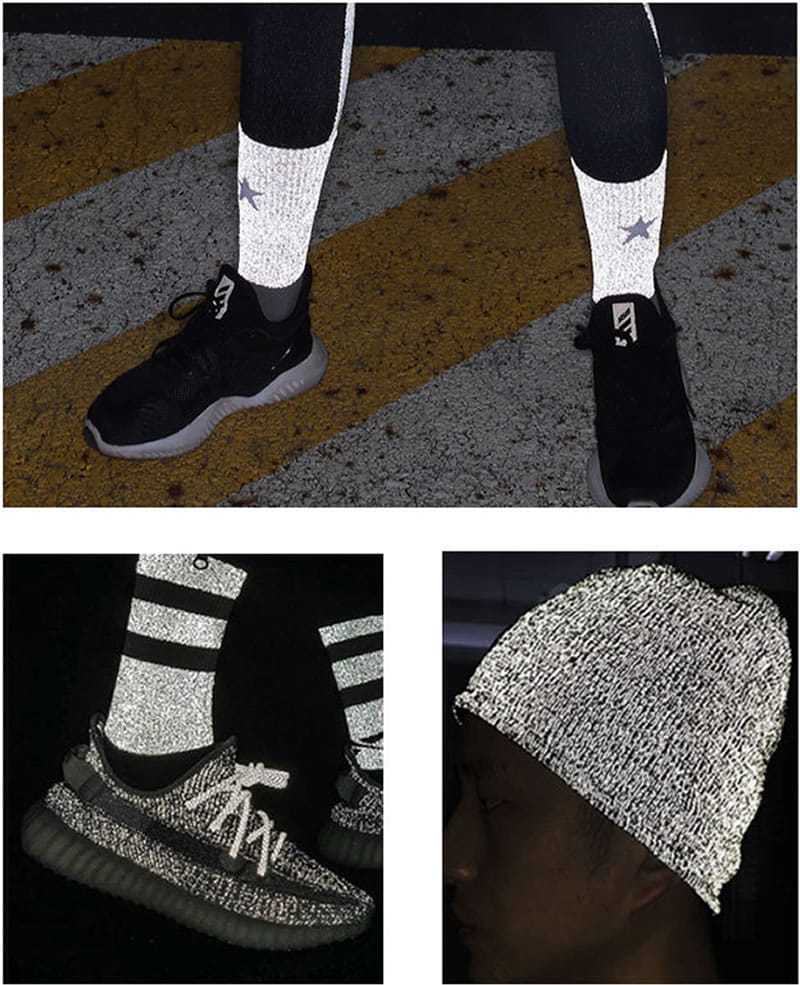
Comparing Reflective Yarn and Reflective Thread
While both products reflect light thanks to glass beads, their differences shape how they’re used. Reflective yarn is a hybrid, blending reflective filaments with polyester for a thread that’s ready for embroidery or sewing. Reflective thread, on the other hand, is a standalone product, cut directly from reflective cloth or film and suited for weaving or knitting.
Production Differences
Reflective yarn involves a multi-step process: coating a film with glass beads, cutting it into filaments, and combining it with yarn. Reflective thread skips the yarn pairing, relying on precise cutting of reflective fabric or film into usable strips.
Use Case Differences
If you’re embroidering a logo on a safety vest or adding flair to a jacket, reflective yarn is your pick. For knitting a hi-vis beanie or weaving reflective straps, reflective thread steps up. Both enhance visibility, but their strengths lie in different corners of textile work.
Performance in Action
Reflective yarn’s design prevents breakage and twisting during high-speed embroidery, while reflective thread’s durability suits the wear and tear of knitted or woven items. Their reflective intensities overlap, but thread often edges out in raw brightness, especially in silver varieties.
Price Comparison: Reflective Yarn vs. Reflective Thread
When choosing between reflective yarn and reflective thread, cost can play a big role. Prices vary based on factors like material, quantity, and where you buy them, but here’s a general look at how they stack up.
Reflective Yarn Pricing
Reflective yarn tends to cost more per unit because of its complex production. Combining reflective filaments with polyester yarn adds steps to the process, which can drive up the price. On average, a 50g roll (about 55 yards) of reflective yarn might range from $8 to $12, depending on the supplier and whether it’s sold retail or wholesale. For embroidery projects, you might need less yardage, so a single roll could cover a small safety vest logo or a hat design. Larger orders, like 10 rolls or more, often come with discounts, bringing the cost down to around $6 to $9 per roll. Keywords like “reflective embroidery thread” or “visibility yarn” often pop up in product listings, reflecting its use in detailed stitching.
Reflective Thread Pricing
Reflective thread, cut directly from reflective fabric or film, is usually a bit cheaper per unit. A roll of 50g (around 50–60 yards) might sit between $6 and $10, with the price dropping for bulk buys. For example, a single-sided high-brightness thread (like D001) could be on the lower end, while a double-sided bright silver option (like S002) might edge toward the higher end due to its stronger reflection. Since it’s used in knitting or weaving—like for hi-vis socks or webbing—you might need more yardage for a project, which could balance out the cost difference. Search terms like “reflective slit fabric” or “safety thread” often tie into its pricing online.
Which Offers More Value?
For small embroidery tasks, reflective yarn might feel pricier upfront but saves time with its ready-to-use design. Reflective thread, while cheaper per roll, could add up if your project—like a reflective knit hat—requires multiple rolls. Shipping costs and minimum order quantities also affect the final price, so checking local craft stores or online marketplaces can help you find the better deal. Both options bring visibility to your work; it’s about matching the cost to your project’s scale and needs.
Why Reflective Textiles Matter
Reflective yarn and thread aren’t just about looks—they’re about function, too. In safety gear like hi-vis vests, jackets, and workwear, they ensure visibility in dim or dark conditions. For fashion, they add a modern, eye-catching twist to sportswear, shoes, and accessories. The blend of practicality and style makes them a go-to in industries from construction to couture.
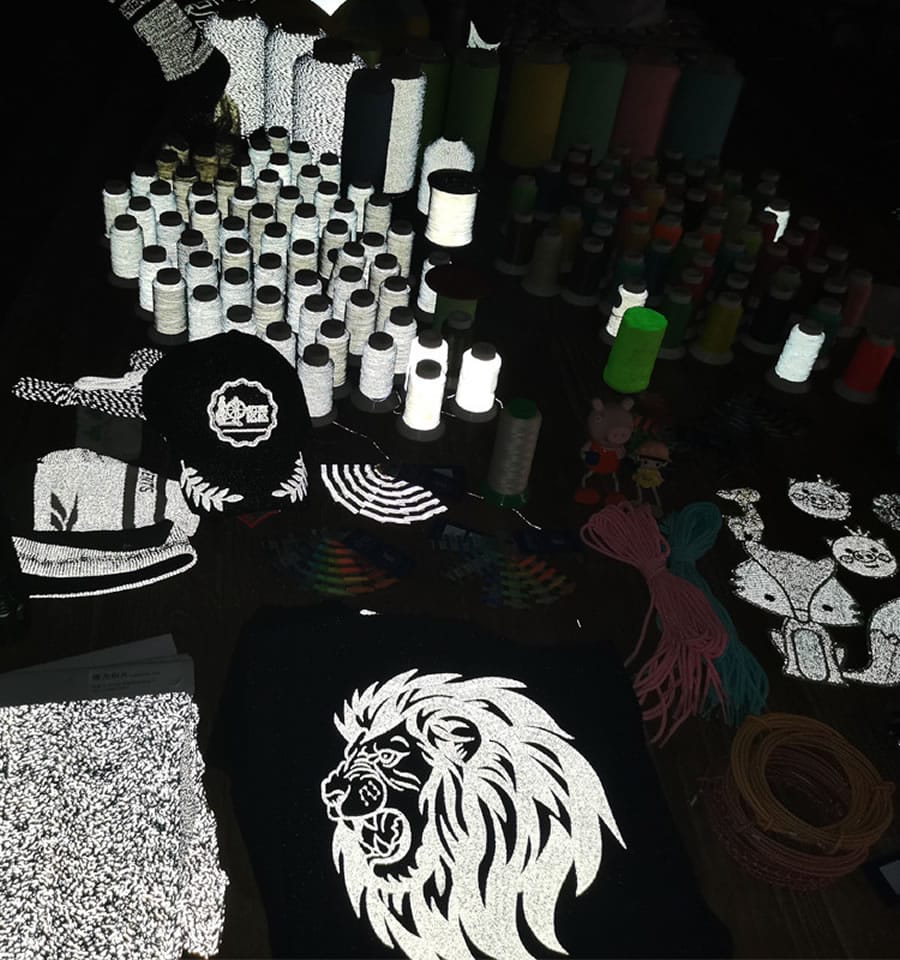
Safety Applications
Think of a construction worker in a reflective safety vest or a cyclist in a jacket with reflective stripes. These items rely on materials like reflective yarn and thread to stand out at night or in bad weather, reducing the risk of accidents. Keywords like “hi-vis vest,” “safety jacket,” and “visibility gear” tie into this vital role.
Fashion and Lifestyle Uses
Beyond safety, reflective textiles pop up in everyday items. Reflective knit hats, socks with glowing threads, or shoes with shimmering uppers bring flair to casual wear. They’re especially popular in activewear, where brands use them to merge performance with a bold look.
Choosing Between Reflective Yarn and Thread
Deciding which to use depends on your project. For detailed stitching or embroidery on a safety vest or sportswear, reflective yarn offers precision and durability. For broader textile applications—like weaving reflective webbing or knitting a visibility hat—reflective thread’s flexibility shines. Both deliver strong light reflection, so it’s about matching the material to the method.
Factors to Consider
- Equipment: Reflective yarn works with standard embroidery machines; reflective thread fits knitting or weaving setups.
- Design Needs: Fine details call for yarn, while structural elements favor thread.
- End Use: Safety gear might lean on either, while fashion might prioritize thread for knitwear or yarn for logos.
The Future of Reflective Textiles
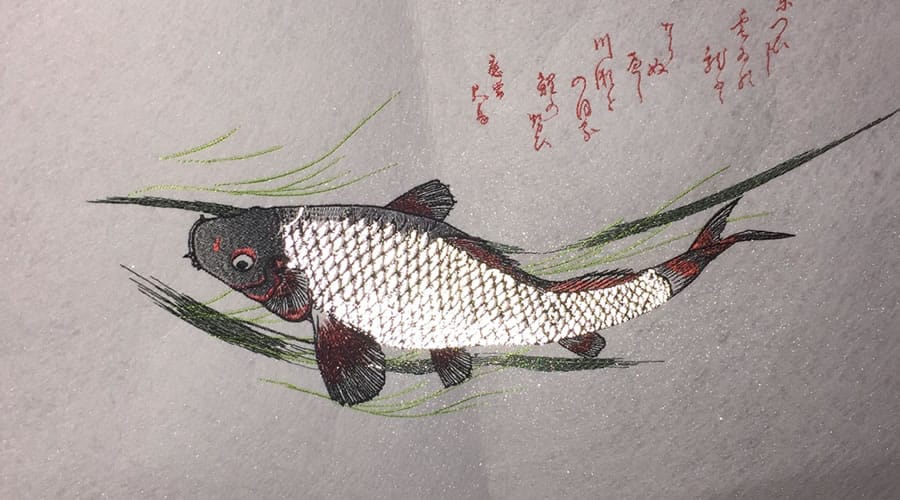
As technology evolves, so do reflective materials. Innovations in glass bead coatings and cutting techniques keep pushing the boundaries of what reflective yarn and thread can do. Expect to see them in more places—smart clothing with integrated visibility, eco-friendly reflective fabrics, or even bolder fashion statements. Their role in safety and style isn’t going anywhere; it’s only growing.
Reflective yarn and reflective thread each bring something distinct to the table. Whether you’re crafting a safety jacket, a stylish hat, or a custom embroidered logo, understanding their differences helps you pick the right tool for the job. From the workshop to the streets, their glow keeps them relevant, functional, and hard to miss.

